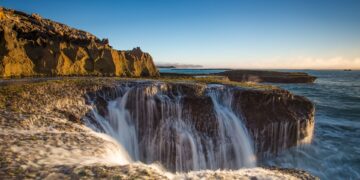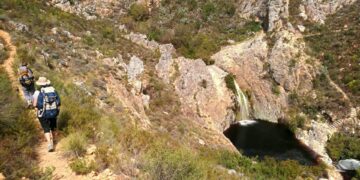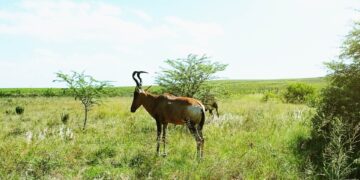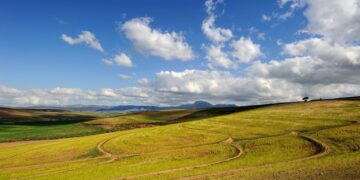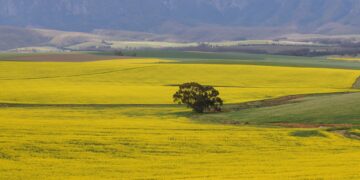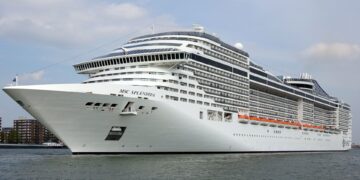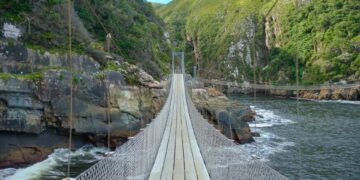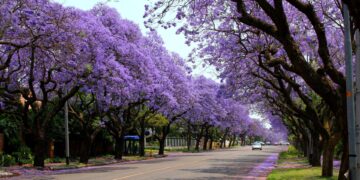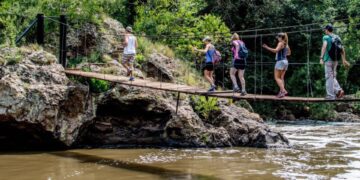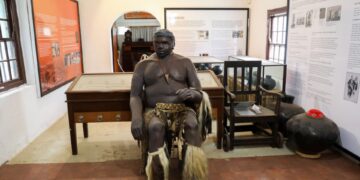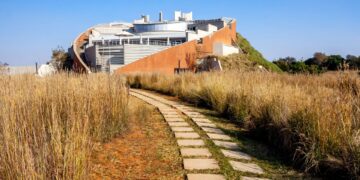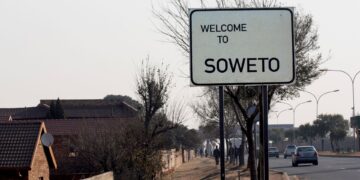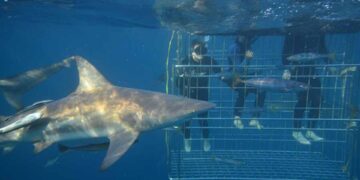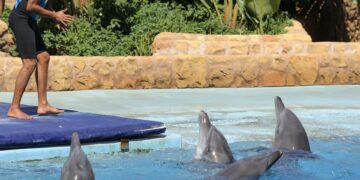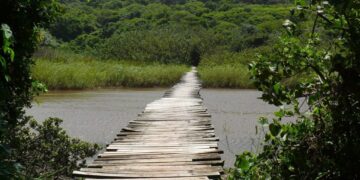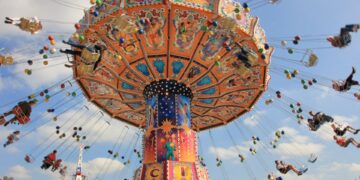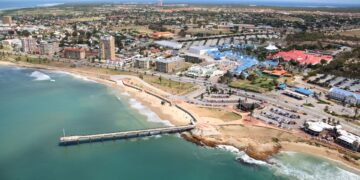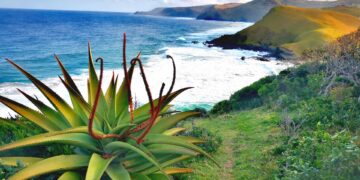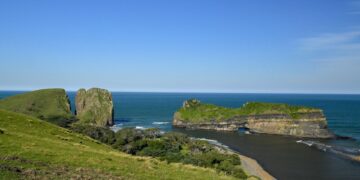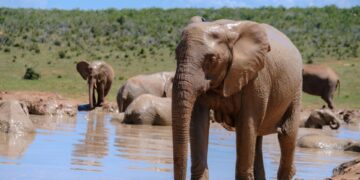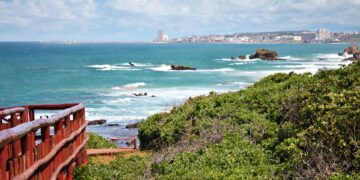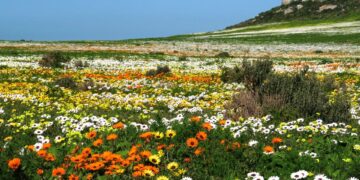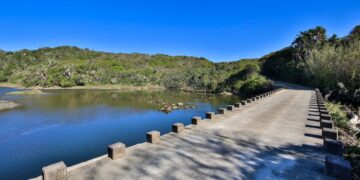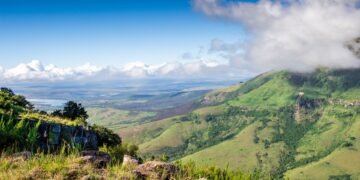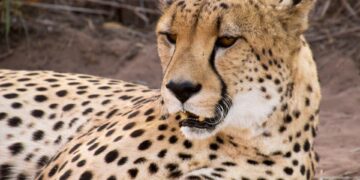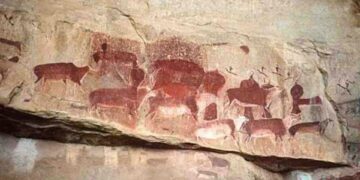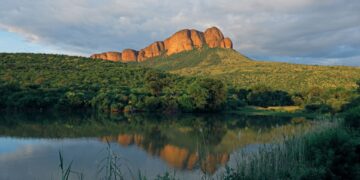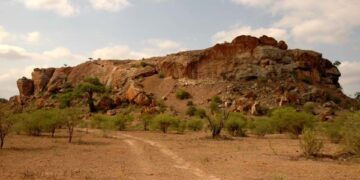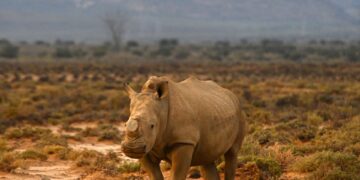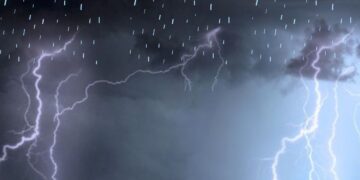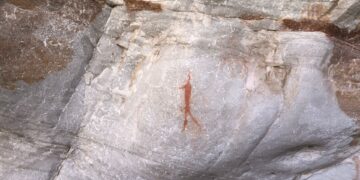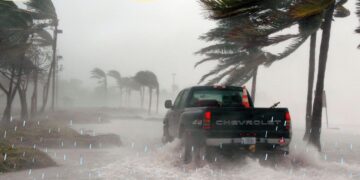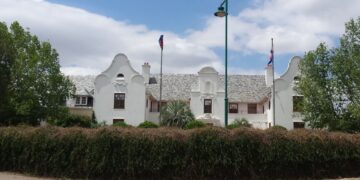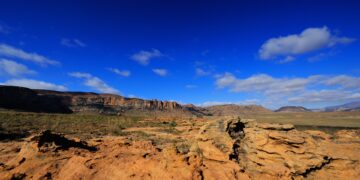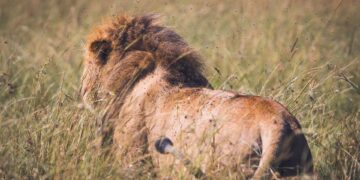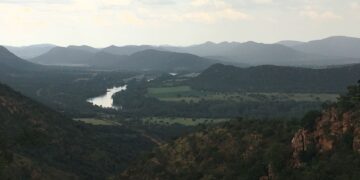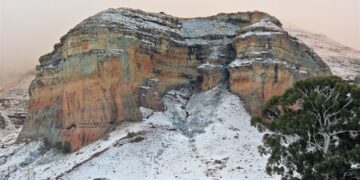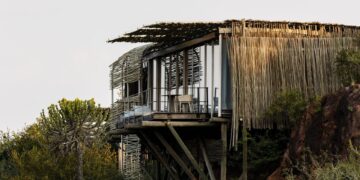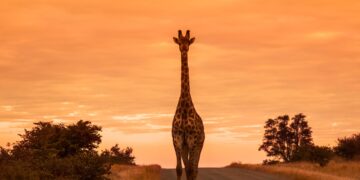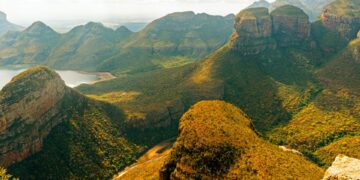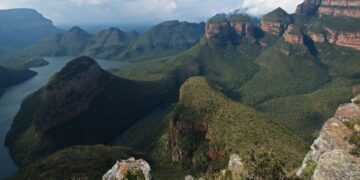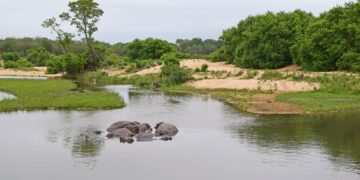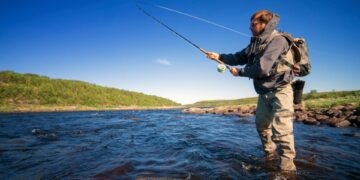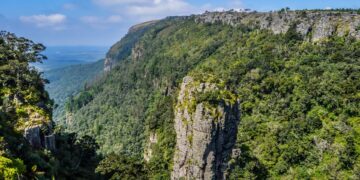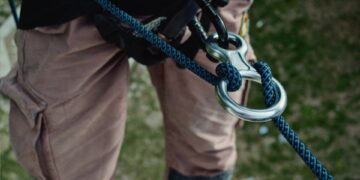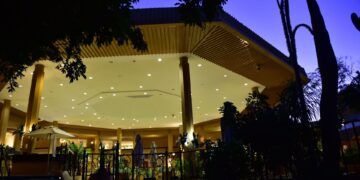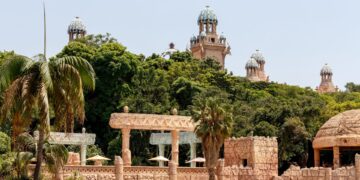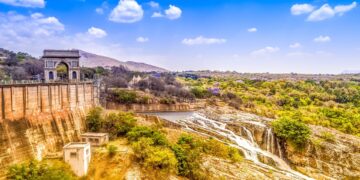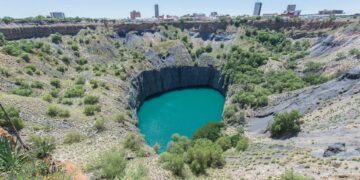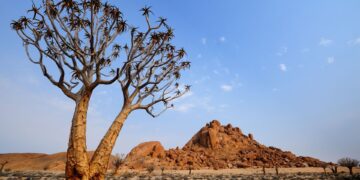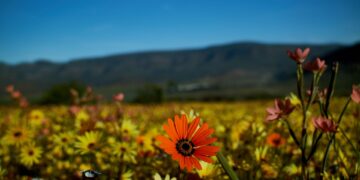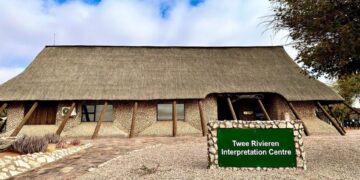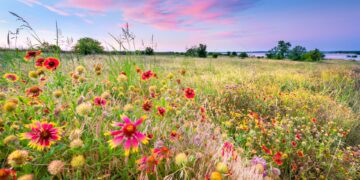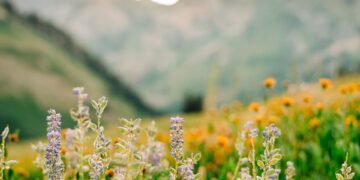From healing geothermal hot springs to significant paleontology sites, unique golfing challenges, and an area making efforts to preserve its rich multicultural history, art and crafts, Limpopo is as culturally diverse as it is exciting to explore.
Welgevonden Game Reserve
Why you should visit: South Africa’s most famous game reserve, the Kruger National Park juts into Limpopo. However, for a quieter, more exclusive, and even slightly different bush break, make the trip to Welgevonden. The game reserve is part of the Waterberg Biosphere Reserve, and you can spot the famous Big Five, catch rare species such as the aardwolf, pangolin, blue crane, and brown hyena.
How to get there: Welgevonden is a three-hour drive from Johannesburg.
Debengeni Falls
Why you should visit: In the province named “strong gushing waterfalls” how could you visit and not enjoy a spot of waterfall chasing? The Debengeni Falls are snuggled at the foot of Magoebaskloof, on the R71 route to Tzaneen. Debengeni means “place of the big pot”, so named for the large pool of cool water at its base. From late November to March, it’s an ideal swimming pool. For birdwatchers, many rare species of birds can be spotted (if you’re quiet enough) such as the Bush-Shrike. Bring your swimming costume and picnic blanket.
How much does it cost: There is a R10 entrance fee per person.
How to get there: The falls are about 6km from Tzaneen, just off the R71. Take the Woodbush Forest Station turnoff and then make the 3km drive along the dirt road to the falls.
Mapungubwe National Park
Why you should visit: At the northern tip of Limpopo and South Africa, and bordering Zimbabwe, lies the Mapungubwe National Park. Situated at the meeting point of two mighty rivers, the Limpopo and Shashe rivers, the park is rich in wildlife. It’s also the site of an 11th-century African civilization, South Africa’s first kingdom, once home to some 5 000 people.
Stop by the Mapungubwe Interpretation Centre near the park’s entrance where you can see relics of how this ancient civilization lived 800 years ago. Artefacts include glass beads, gold necklaces, pots, as well as some remains of the kingdom’s palace.
Bela Bela Hot Springs
Why you should visit: Bela Bela and its mineral hot springs lie at the foot of the Waterberg Mountains. Many, many years ago, the Tswana people named the area Bela Bela, which means “water that boils on its own”. Today, it’s a popular holiday and health resort. Visitors come to soak in the deliciously warm, bubbling waters. Temperatures hover around 53ºC and are said to have healing properties.
Forever Resorts Warmbaths is the first port of call for any weary body. There’s an outdoor pool fed by the springs, heated and cold pools, indoor hydro pools, Jacuzzis, and a whole host of other warm water facilities and activities to entertain – and unwind – the whole family.
How much does it cost: Forever Resorts Warmbaths rates for day visitors are from R195 per adult during the high season.
How to get there: Bela Bela is a two-hour drive from Johannesburg.
Cave of Hearths
Why you should visit: Just south-west of Polokwane lies the Makapan Valley. In several caves, fossils older than three million years have been unearthed. The Cave of Hearths shows human history from the Stone Age, as well as, many, now extinct, animal species. Understandably, given the need to preserve the area, visitors can only explore the region on a guided tour.
How much does it cost: Book a guided tour through the Mokopane Biodiversity Conservation Centre.
How to get there: The Makapan Valley is a 50-minute drive south-west of Polokwane and two hours from Bela Bela.
The ultimate golfing challenge
Why you should visit: Legend Golf and Safari Resort, south-west of Polokwane, boasts not only a “world in one” signature golf course, where each of the 18 holes has been designed by a world-class golfer – but is also the home of the famous Par 3, the Extreme 19th.
It’s the world’s longest and highest Par 3. The tee is situated on the Hanglip Mountain with the green (shaped to resemble the African continent) 400m below. Golfers access it by helicopter. It’s a truly unique experience!
How to get there: Find Legend Golf and Safari resort on Haakdoring Road, Sterkrivier District, Limpopo.
Ribola Art Route
Why you should visit: Immerse yourself into the rich melting pot of Tsonga, Venda and Shangaan cultures on the Ribolo Art Route trail in the town of Mbhokota. Enjoy the one day tour, which will take you to meet the creative local entrepreneurs who keep the ancient traditions of the arts, crafts, and storytelling alive. From a sculptor creating beauty out of wood, to Venda pottery and batik-style textiles of colourful Tsonga designs, jewellery and dolls, your creative soul will leave energised and inspired. Visit http://www.openafricatravel.com for details.
How to get there: Drive an hour and a half north from Polokwane to Mbhokota.



